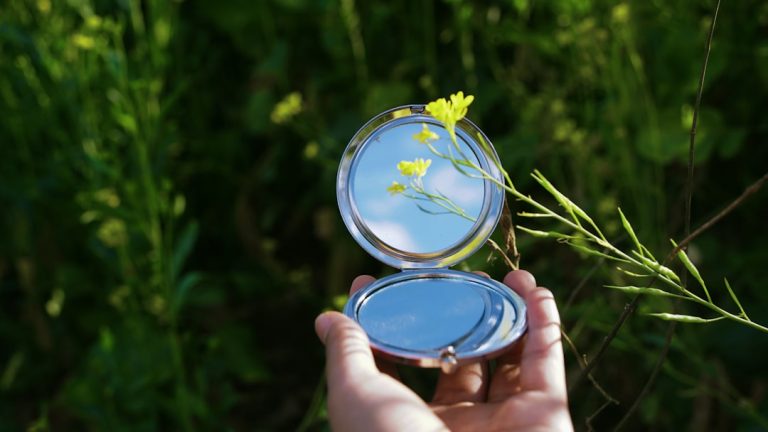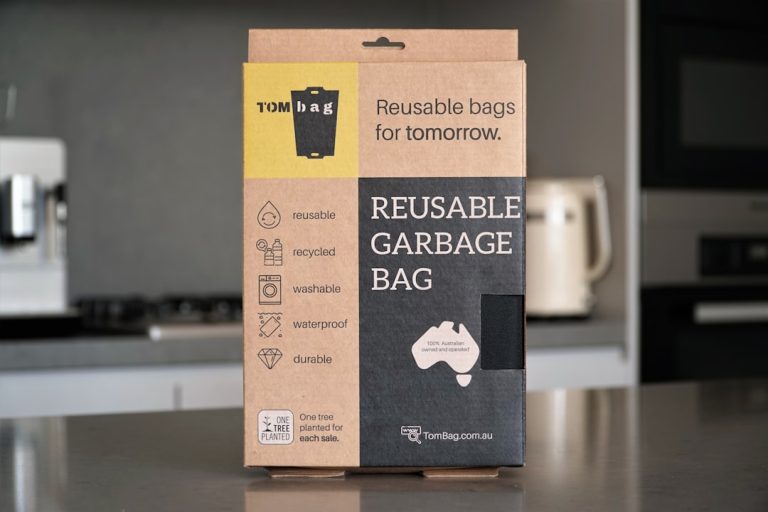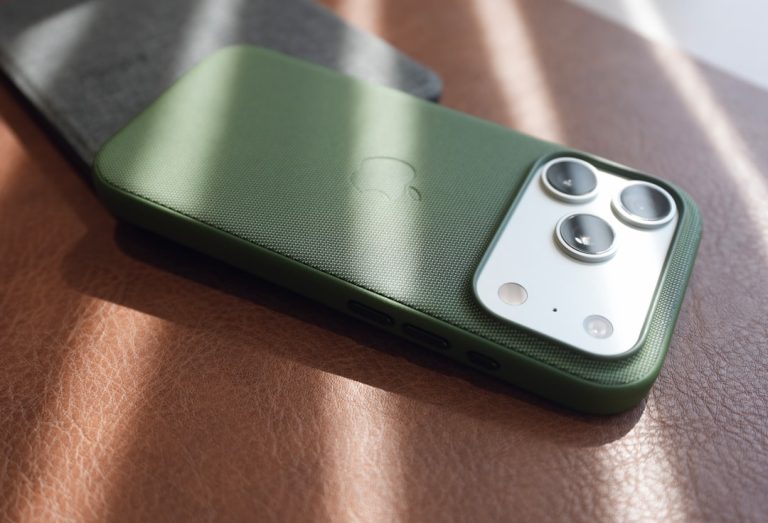The Impact of Circular Economy Principles on Product Design.
The Impact of Circular Economy Principles on Product Design
In a world grappling with resource depletion, escalating waste, and climate change, the traditional linear “take-make-dispose” model of production and consumption is proving unsustainable. Enter the circular economy – a transformative framework designed to keep resources in use for as long as possible, extract the maximum value from them whilst in use, then recover and regenerate products and materials at the end of each service life. This paradigm shift doesn’t just affect supply chains or waste management; its most profound and upstream influence is felt directly in the realm of product design. The impact of circular economy principles on product design is nothing short of revolutionary, compelling designers to rethink everything from material selection to end-of-life strategies, forging a path towards truly regenerative systems.
Reshaping Design Philosophy: From Linear Obsolescence to Regenerative Cycles
The most fundamental impact of circular economy principles on product design is the complete overhaul of its underlying philosophy. Historically, product design often operated with a “cradle-to-grave” mentality, focusing on functionality and aesthetics during a product’s primary use phase, with little consideration for its destiny after disposal. Circular principles, however, mandate a “cradle-to-cradle” approach, where every design decision is made with the product’s entire lifecycle in mind – from raw material extraction to manufacturing, use, repair, refurbishment, and ultimate return to the biosphere or technosphere. This means designing out waste and pollution from the outset, keeping products and materials in use, and regenerating natural systems.
Integrating Systems Thinking into the Design Process
Designers are no longer just creating isolated objects; they are designing components within a larger, interconnected system. This forces a broader perspective that considers not only the product itself but also its packaging, logistics, energy consumption, potential for reuse, and eventual material recovery. This systemic thinking encourages collaboration across different disciplines and stages of the product lifecycle, influencing material scientists, engineers, marketing teams, and even business model strategists. The impact is a more holistic, responsible, and ultimately more innovative design process that prioritizes resource efficiency and ecological integrity.
Revolutionizing Material Choices: Designing for Endless Resource Loops
Perhaps nowhere is the impact of circular economy principles more evident than in the selection and specification of materials. The linear model often prioritized cost and immediate performance, leading to the widespread use of virgin, non-renewable, or difficult-to-recycle materials. Circular design fundamentally challenges this, demanding a radical shift in material intelligence.
Prioritizing Renewable, Recycled, and Non-Toxic Inputs
Designers are now tasked with actively seeking materials that can be safely returned to the biosphere (biodegradable, compostable) or endlessly cycled within the technosphere (recyclable, recycled content). This means a strong preference for bio-based materials from sustainably managed sources, high percentages of post-consumer recycled content, and materials that are free from harmful chemicals or toxins. The goal is to ensure materials retain their value and utility across multiple cycles, preventing downcycling and pollution. This often involves rigorous lifecycle assessment tools to understand the true environmental footprint of material choices.
Embracing Material Passports and Transparency
A significant development stemming from circular principles is the concept of “material passports.” These are digital records that detail the composition of a product, including information about the type, quantity, and quality of materials used. This impacts design by making transparency a core requirement. Designers must not only select appropriate materials but also document them, enabling future recycling, repair, or remanufacturing processes. This level of transparency fosters accountability and facilitates the closing of material loops, fundamentally altering how materials are perceived and managed throughout their entire existence.

Engineering for Longevity and Adaptability: The Core of Circular Product Life
In a linear economy, products were often designed with planned obsolescence in mind, encouraging frequent replacement. Circular economy principles directly counteract this by emphasizing durability, repairability, and adaptability. The impact on design here is profound, shifting focus from a single-use lifecycle to a multi-lifecycle approach.
Designing for Durability and Repair
Products are now being designed to withstand longer periods of use, reducing the need for premature replacement. This involves selecting robust materials, employing sturdy construction techniques, and ensuring critical components are easily accessible for repair. Designers are thinking about modularity – creating products with interchangeable parts that can be upgraded or replaced without discarding the entire item. This directly impacts manufacturing processes, requiring higher quality standards and often simpler assembly methods that also allow for easy disassembly. The availability of spare parts and clear repair instructions also becomes a design consideration from the outset.
Modularity and Upgradeability as Standard
Modular design is a cornerstone of circularity. By designing products in distinct, replaceable units, designers enable consumers to upgrade specific components (e.g., a processor in a laptop, a battery in a power tool) rather than replacing the entire product. This extends the product’s useful life, reduces waste, and often provides greater value to the consumer. This requires intricate planning during the design phase to ensure compatibility across different modules and future iterations, pushing designers to think years ahead about potential upgrades and evolving user needs.
Enabling Disassembly and Recovery: Crafting Products for Future Resources
One of the most significant shifts driven by circular economy principles is the imperative to design products that can be easily disassembled and their components or materials recovered at the end of their primary use phase. This directly impacts the structural and mechanical design of almost every product.
Simplifying Structures for Material Separation
Designers are moving away from complex, multi-material composites that are difficult to separate and recycle. Instead, they are prioritizing mono-material construction where possible or using materials that are easy to separate and identify. This means avoiding permanent bonding methods like strong glues or welding in favor of mechanical fasteners (screws, clips) that allow for non-destructive disassembly. The impact is a more thoughtful approach to how components fit together, ensuring that valuable materials can be cleanly extracted and reintroduced into the manufacturing loop, rather than ending up in landfill or being incinerated. This is crucial for sustainable material sourcing and closing loops.
Designing for Remanufacturing and Reuse
Beyond simple material recycling, circular design also focuses on designing for higher-value recovery methods like remanufacturing and direct reuse. This means designing components that can be easily cleaned, inspected, repaired, and reassembled into a “like-new” product. It influences everything from surface finishes (choosing durable, cleanable materials) to internal component accessibility. For instance, in electronics, designing circuit boards that can be easily removed and updated or power tools with motors that can be refurbished rather than scrapped are direct outcomes of this principle.
Beyond Ownership: Design’s Role in Service-Based Circular Models
Circular economy principles are not just about physical product design; they also profoundly impact the business models surrounding these products. This, in turn, feeds back into how products are designed, particularly with the rise of Product-as-a-Service (PaaS) models.
Designing for Product-as-a-Service (PaaS)
When companies retain ownership of their products and offer them as a service (e.g., tire mileage instead of tire sales






